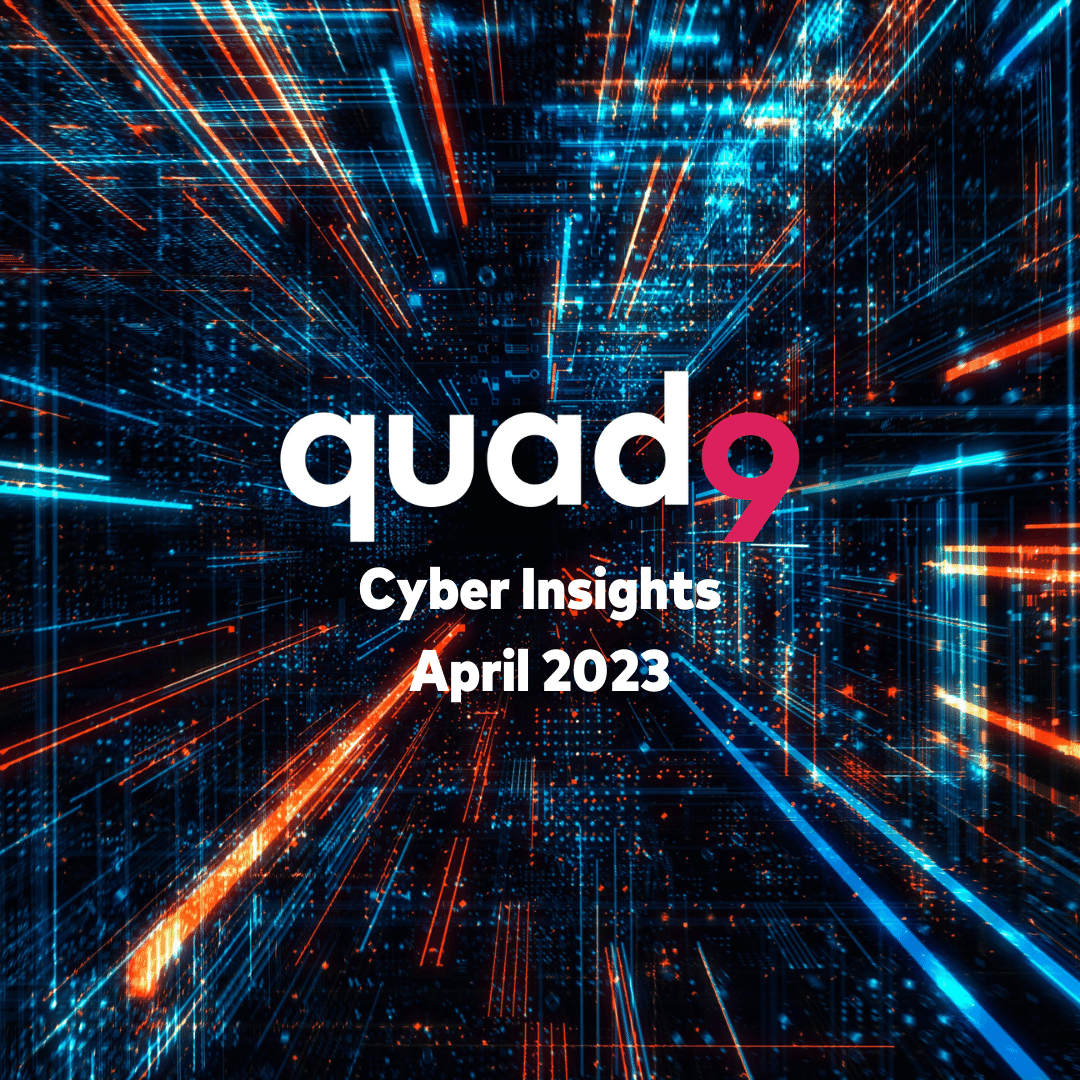Will AI Accelerate Cybersecurity and Privacy Threats?

With Great Power Comes Great Responsibility
Artificial intelligence (AI) tools like ChatGPT and Bard are all the talk these days. However, amidst the public excitement about AI’s potential benefits, it is vital that we also consider the potential risks of AI being used maliciously. The idea of natural language processing (NLP) tools is not a new concept. Some readers may recall the early days of novelty conversations with ActiveBuddy’s SmarterChild chatbot, and most of us are familiar with tools like Apple’s Siri or Samsung’s Bixby. Still, generative AI is taking how we communicate with devices to a new level. The latest wave of AI tools presents some impressive capabilities, but as they say, with great power comes great responsibility. The power of AI tools has fueled the game of tug-o-war between threat actors and cybersecurity providers. That’s why we decided to discuss how AI will positively — and negatively — impact cybersecurity and privacy threats.
AI in the Wrong Hands Could Spell Disaster for Cybersecurity and Privacy
Like many new technologies, generative AI tools could significantly increase things like malware, phishing, identity theft, and DDoS threats —* just to name a few*. The threat of harmful byproducts due to mainstream tech adoption isn’t new. Consider the benefits and risks associated with other highly adopted tools like social media, digital image editing, or email communication — generative AI is no different. Few tech innovations are immune to the ideology that their potential risks and benefits lie within the user's intent.
Current AI tools can do impressive tasks like writing code, creating logos, and drafting messages that take on convincing personas. Although these things may seem benign or even beneficial — and we’re not saying they aren’t — issues can arise when AI is used under malicious motives. Things like phishing attempts, identity theft, and malware injections are often a game of numbers, meaning threat actors can spend a lot of time manually executing specific steps of threat vector exploitation. Without the automation capabilities of AI, a team of threat actors may have days, weeks, or months involved in the setup, creation, targeting, and deployment of a malicious tool.
In certain situations, AI can serve threat actors by significantly reducing the time and labor required to deploy malicious tools. By automating part of — or the majority of — their process using AI, threat actors can reduce the time and labor requirements of concept to deployment from days/weeks to hours/minutes. Simply said, AI — in the wrong hands — risks enabling faster and further reaching deployment of malicious threats at a higher frequency than in the past.
Can AI be Used to Help Combat Cybersecurity Threats?
Much of the beauty of AI lies within its numerous applications. However, AI doesn’t come without risks like those described above. Fortunately for the global Internet community, AI can predict, identify, and combat cybersecurity and privacy threats.
AI is quickly proving a powerful tool for cybersecurity, privacy providers, and researchers. Many threat intelligence providers already incorporate AI tools to expedite the process of identifying cyber threats. In some cases, AI is used as a predictive tool, identifying potential threats before they reach mainstream circulation. For example, bfore.ai’s, a Quad9 threat intelligence partner, uses predictive threat technology to identify and block potential threats like ransomware, account takeover attempts, and phishing. We fully expect AI use cases within the cybersecurity industry to grow exponentially.
For the average Internet user, AI can serve as a cybersecurity advisor. For instance, users who may not be comfortable with things like configuring routers or adjusting privacy and security settings on devices may very soon be able to rely on AI to handle these essential tasks. Additionally, AI tools are being developed to encourage optimal security and privacy habits for Internet users who may be vulnerable targets for threat actors.
How Can the Typical Internet User Protect Themselves Online?
There’s still some time before AI-powered end-user cybersecurity tools become mainstream. However, even after these instruments become part of the typical Internet user’s toolkit, there will still be precautionary measures that should be taken to protect your privacy and security online.
If we look at the cyber threat landscape as a funnel, AI tools — at least initially— are likely to help protect users from mid-funnel and lower-funnel threats. Internet users should still consider actions they can take as a first line of defense against cyber threats. One example of a top-of-the-funnel protective step users can implement is using a privacy and security-centric DNS resolver like Quad9.
DNS is vital to help prevent users from being sucked into a potentially malicious process. These top-of-the-funnel threats are often complex for humans to discern. For example, a person could receive an email from what appears to be their bank, but it's a convincing phishing message to gather login credentials. If a user clicks a link in the email, it could take them to a website that may appear identical to their bank’s site. However, the URL may be “www.mybanknaame[.]com”. What are the chances that the average internet user would notice the extra “a” in that URL?
In many cases, users can be protected using a DNS resolver focusing on cybersecurity and privacy. Quad9 maintains an ever-evolving list of malware, phishing, botnet, and other known malicious domains to help protect users against threats like the previous example. In the scenario above, Quad9 could identify and block the malicious “www.mybanknaame[.]com” URL as illegitimate and prevents the user from falling into the trap. It is also essential to recognize that no single security tool can protect users from threats at all stages_ of the _funnel. Users must remain vigilant and incorporate the best security and privacy practices at all layers of their Internet experience.
About Quad9
Quad9, a nonprofit in the US and Switzerland, provides free cybersecurity services to the emerging world via secure and private DNS lookup. Quad9 currently operates over 200 locations across more than 90 nations, blocking hundreds of millions of malware, phishing, and spyware events daily for millions of end users. Quad9 reduces harm in vulnerable regions, increases privacy against criminal or institutionalized interception of Internet data, and improves performance in under-served areas. Quad9 is a collaboration with Packet Clearing House (PCH), Global Cyber Alliance, and IBM.
References:
1. https://bfore.ai/
2. https://openai.com/blog/chatgpt
3. https://bard.google.com/faq
4. https://en.wikipedia.org/wiki/SmarterChild
5. https://www.apple.com/siri/
6. https://www.samsung.com/us/apps/bixby/


